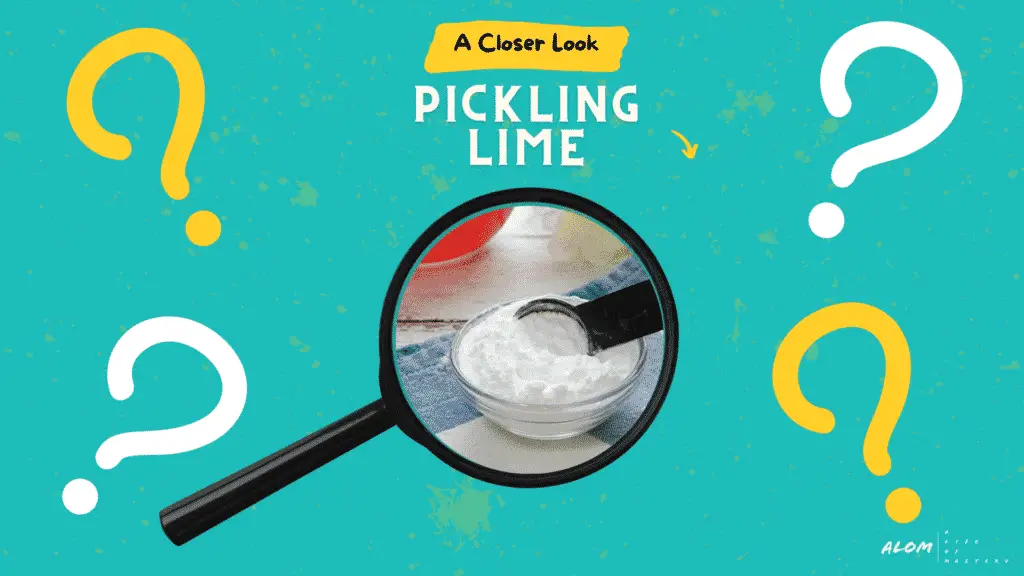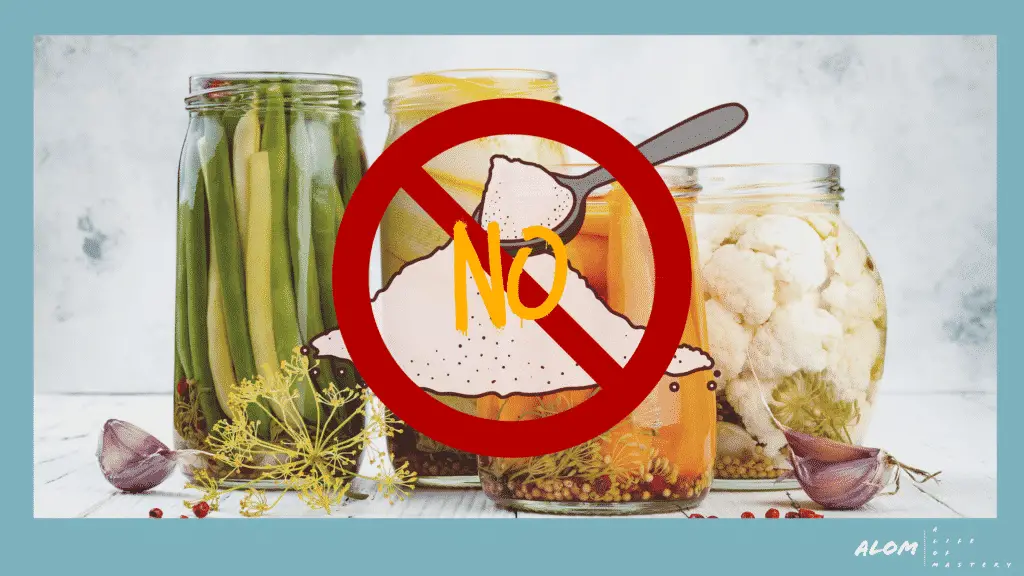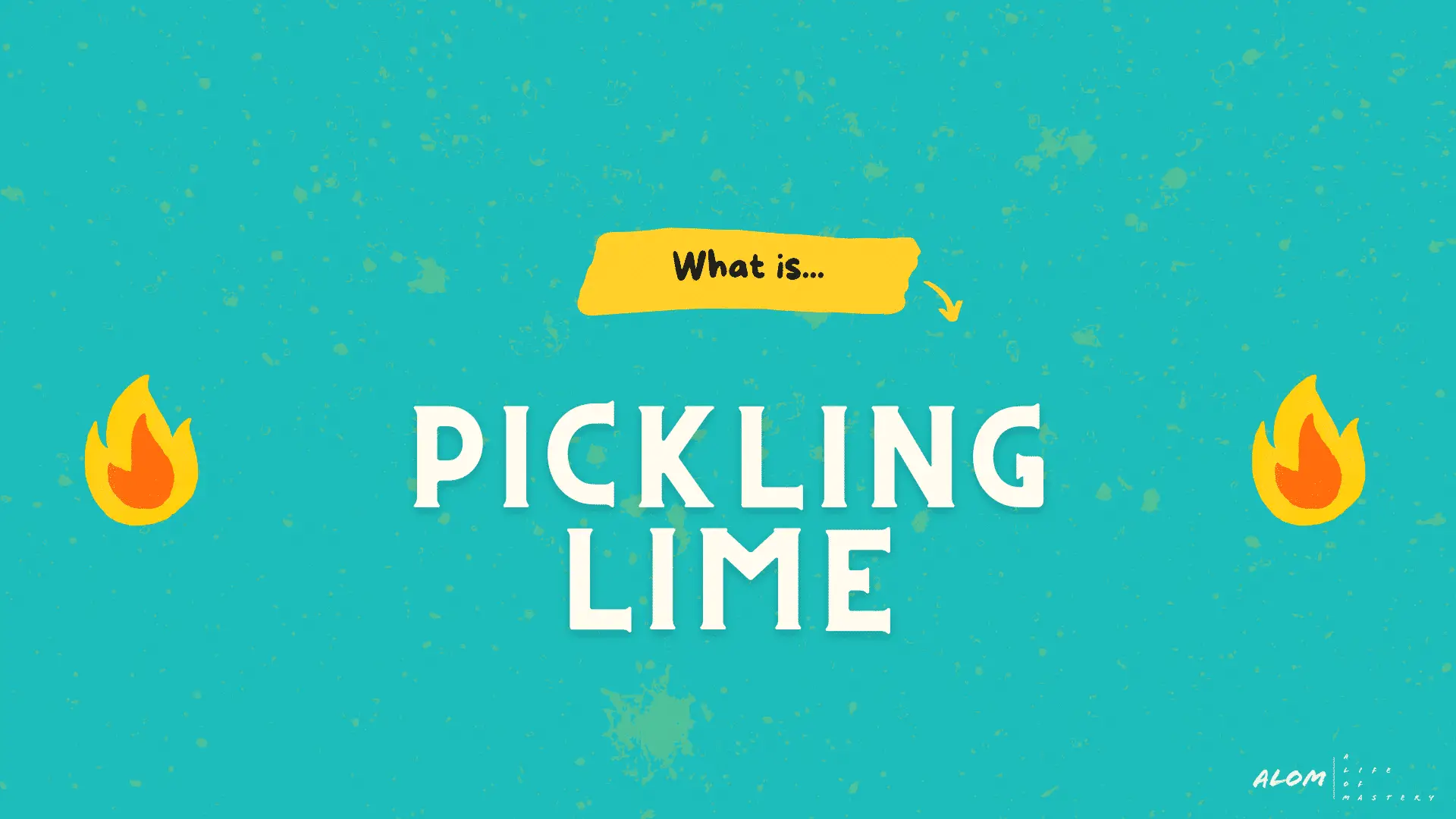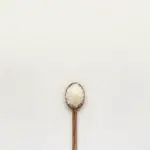Table of Contents
If you are new to the pickling and canning scene, then you may not have heard of this powdered substance before, but don’t worry – you will wish you hadn’t. The use of pickling lime has thankfully fallen out of favor in recent years, but before then it saw widespread use in a significant number of pickle recipes. The only problem is, it was really quite dangerous.
Pickling lime was primarily used to retain a sharp bite and crunch in the finished pickle, something that was, and still is, a desirable quality in a good, homemade pickle. Traditional pickling solutions were prone to leaving the outside of the pickled vegetable a little mushy, and pickling lime was the fix that most people favored. Until they found out about the botulism problem.
A Closer Look At Pickling Lime

Of course, the first question in your mind must be “How does pickling lime lead to botulism?”, and the answer is down to basic chemistry. One of the primary mechanisms that allow pickling to preserve food and keep it from spoiling is the deadly acidity of the solution. A high level of acidity may be desirable for flavor, and as humans, we can tolerate it, but the very same levels of acidity kill any bacteria that may be present on the pickles or in the jar.
However, introducing pickling lime to the solution greatly reduces the acid levels due to its alkaline properties. This reduction in acidity results in a solution that is able to not only support live bacteria but allows them to thrive and develop to dangerous levels. Traditionally, it was introduced to the exterior of the pickle and then rinsed off before the final jarring or canning. But this was not a guarantee that there wasn’t some remaining in a crevice or unwashed surface.
It was mistakes like these that led to multiple cases of botulism and, is the main reason that pickling lime has not only fallen out of favor but has been deemed a danger to pickling enthusiasts.
Should You Risk Pickling Lime?

In modern times, there are no excuses for using pickling lime in a homemade pickle. It introduces high levels of risk for rewards that can be gained in other, safer ways. For example, if you are trying to retain the crunchy exterior of your finished pickle, then pickling salt is an excellent, and safe, alternative that will serve the same purpose without any of the same risks.
Even if you boil the resulting solution, there is no guarantee that you have properly destroyed the botulism spores as these are able to survive past the boiling point of water. The only real guarantee you have against this kind of danger is an acidic solution – so don’t mess it up!

FAQs
What alternatives are there?
The best alternative to pickling lime is simple pickling salt. It accomplishes the same crunch-retaining property whilst being much safer and is readily available on the internet, or in certain local food stores. Normal table salt is not recommended as there are a variety of additives that are introduced during the creation process that can have a negative effect on the final result.
Why does it cause botulism?
This is down to the pickling lime reducing the acidity of the pickling liquid, allowing botulism bacteria to survive and reach critical levels. It does this because of its inherent alkaline levels.
What is pickling lime made of?
Food-grade calcium hydroxide.










